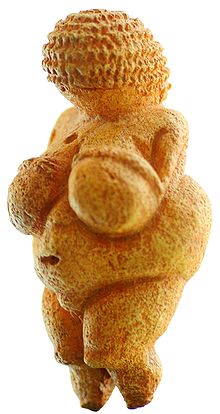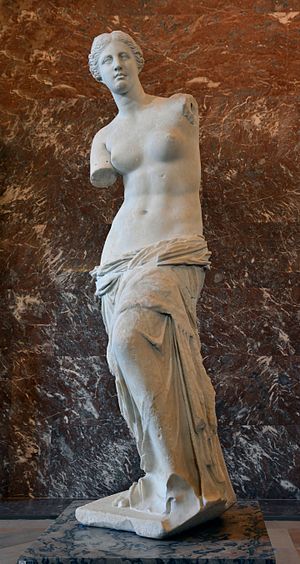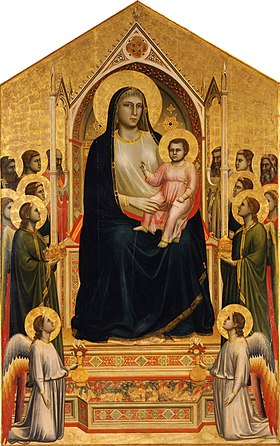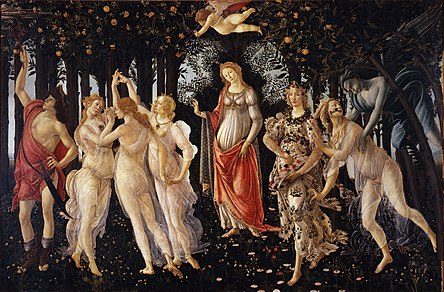May is typically the time of spring. Think of all the energy of spring and all the activities that go with it – Mother Nature expends a great deal of force creating new life, hibernating animals wake up from a long winter’s nap, humans find a sense of creative joy with the flowers and plants in bloom. The desire for continued fertility brought many rituals, we danced, sang, creative art to welcome in the Spring and prepare a new season of crops – plant, animal and human.
Maypole Dance – Celebrating the Creative Energy
The maypole dance originates back to a pagan festival that celebrates the Union of male and female energy. Also, it symbolizes the Spring mating season for sheep. Originated in Europe. Think of phallus as a spade/shovel. Planting seeds into Mother Nature…into the ground and then new life grows. New crops of food and humans each year – to continue life. A wonderful book that covers the deep connection that people had with the earth, and the rituals of the Maypole can be found in the book, The Dancing Goddesses, by dance anthropologist, Elizabeth Wayland Barber
As Christianity spread, though, they tried to remove these type of seasonal, ritual dances. But farmers weren’t about to take a chance on losing their crops/sustenance/livelihood so, the compromise was to purify the dance by making it a kids dance.
Art of Spring
- The Venus of Willendorf is a 4.4-inch carving discovered in Willendorf, Austria. It is believed to have been crafted between 30,000 and 25,000 BCE. Anthropologists believe that it was worn around the neck or planted in the ground. It was used as a talisman, a good luck charm. Carved from limestone, this little statue depicts a female nude. The crown of the figure’s head is decorated with a repeating motif resembling either a braided hairstyle or a patterned headdress. The creator decided to leave the figure faceless and without arms. The statue’s exaggerated proportions emphasize features associated with sexual reproduction and fertility – large childbearing hips and full elongated breasts. This figure is not going to make it on the cover of Sports Illustrated! She is either young and celebrates a woman who is pregnant or honors a menopausal woman who has created many children. Either way, the purpose of this statue is to promote fecundity and survival of all.

- Venus de Milo is a marble sculpture that was likely created in the late 2nd century BC. It is a nearly nude, larger-than-life statue of a woman and was originally colorfully painted and adorned with jewelry. The now white marble masterpiece is celebrated for its Hellenistic artistry and renowned for its beauty. The ancient Greeks created anatomically correct statues because they appreciated beauty. This was part of their purpose, to see sexuality as more refined than the paleolithic people who created statues to promote fecundity and a focus on survival. However, the nude figure still shows us that there was an emphasis on procreation in ancient Greek culture.

- Giotto di Bondone’s Madonna Enthroned is an altarpiece. Giotto painted at the end of the Medieval period. The emphasis of this gold laden icon, Greek for image, is Mary as the mother of God. Her importance is obvious; Mary sits on a throne. She is without form and is heavily draped from head to toe as the Christ child sits on her lap. The Virgin Mary is a symbol of the divine purpose of women of the Dark Ages, still to create, but this time to also raise children to be God fearing people who will one day make it to heaven. There is not an emphasis on sexuality, no celebration of the female form. The painting is a somber reminder of the importance of a Godly life.

- Sandro Botticelli’s Primavera – This large painting was created for the Medici family’s palace. It depicts the arrival of Spring from a very Greek/Roman mythological perspective. The God Zephyr is blowing in the Spring air, the goddess of Spring and flowers is depicted twice and there are three handmaidens who seem to be doing a May Pole dance. The god Mercury is depicted reaching for higher things than the sensual nature of Spring and in the very center of the painting is the goddess Venus, the goddess of love. Or is she the Virgin Mary with her hand in the gesture of a blessing? Some scholars think that this was painted for the bedroom chambers of the Medici and the message is clear – women, their bodies and the rite of Spring are to be celebrated and honored. The addition of the Virgin Mary adds a sense of balance to the early Renaissance painting. Enlightenment is fine but remember Medici women, your job is still to procreate and raise good people for the family.

- Modern Day Examples of Iconic Women. Marilyn Monroe the pin-up icon of the 50’s, Jennifer Lopez and Shakira, modern day women who celebrated their own expression of empowerment as the top billing performers of the Half Time Super Bowl Show and Tiffany Jenkins, a modern day writer, public speaker and comedian; all of these women, including the women depicted in the statues or paintings, help to define and redefine who we are today as women of the 21st century.
Rebirth of Creativity
Spring – a time of renewal, regrowth, awakening. Modern day lives are compartmentalized, our duties are seperated. In school we separate the subjects. We’ve been in a time of hibernation/quarantine, so now as we create newness in our lives, it can also be a time of strong creative energy that may feel warrior-like. After being cooped up, this may feel even stronger.
Resources
Activity. Below are a few systemic questions to help you manage this extra creative energy. Recognize the force for what it can provide. May we suggest a unique, personal journal to write your reflections
- For what/whom am I creating?
- What do I want to create in my life?
- What will I do with this creative energy?
- How will I release the anger energy that no longer serves?
- Learn a new creative hobby, skill, tasks, evolution, exercise
Deepen your creativity by developing your internal artist. One of our favorite rituals is the Artists Creativity Kit, by Julia Cameron.



